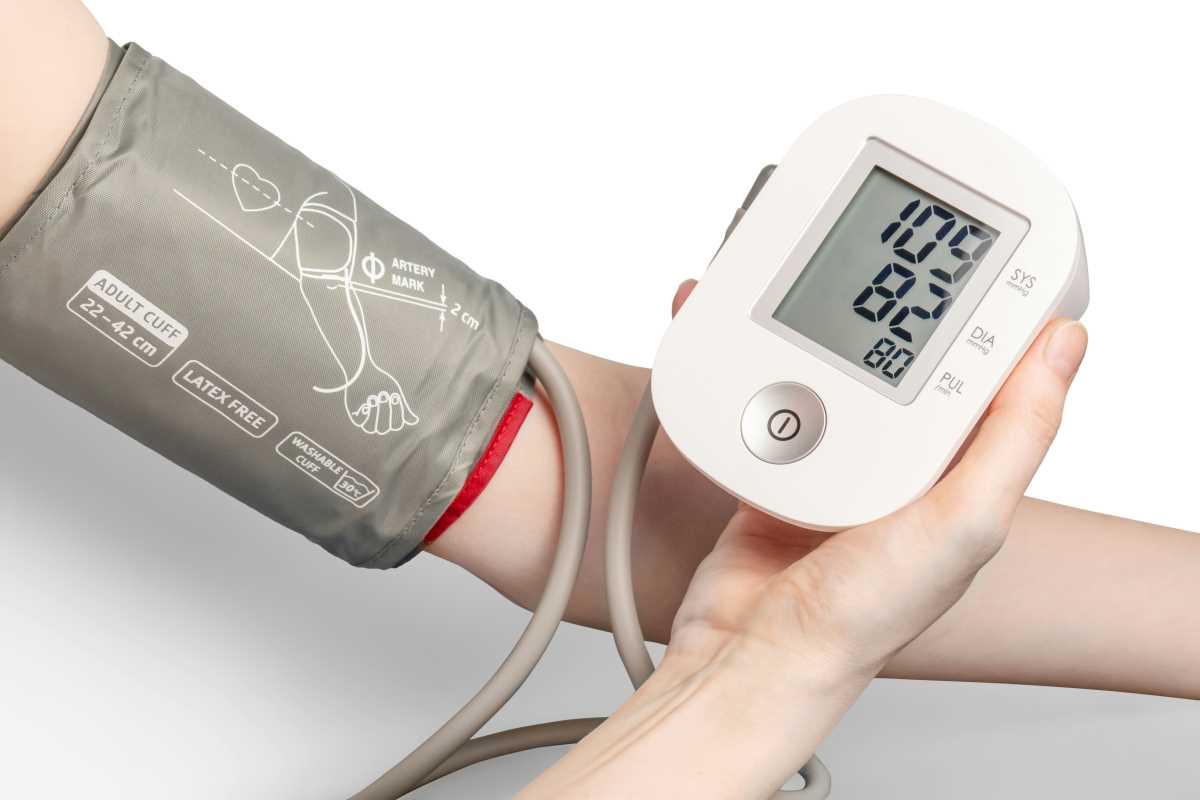There's no denying that melanoma is one of the most serious forms of skin cancer. But sometimes misinformation can be as dangerous than the condition itself. Myths about melanoma create confusion and lead people to overlook preventive measures or delay early detection, delaying the effectiveness of treatment or worsening conditions. Understanding the truth behind these misconceptions is important for your health.
Here, we’ll debunk some of the most common myths about melanoma and replace them with facts that can empower you to take control of your skin health.
Myth 1: Only Fair-Skinned People Get Melanoma
Fact: While fair-skinned individuals are at higher risk, anyone can develop melanoma—regardless of skin tone.
Melanoma may be less common in people with darker skin, but it is often more deadly because it’s typically diagnosed at a later stage. For individuals with darker skin tones, melanoma often appears in less obvious places, such as under the nails, on the soles of the feet, or on the palms of the hands (a type called acral lentiginous melanoma).
Prevention Tip:
- Regularly check your skin, including hard-to-see areas like the soles of your feet and under your nails, and report any unusual spots to a dermatologist.
Myth 2: Melanoma Only Occurs on Skin Exposed to the Sun
Fact: While UV exposure is a major risk factor, melanoma can develop anywhere—not just on sun-exposed areas.
Melanoma can occur in areas that rarely see the light of day, such as between your toes, on your scalp, or even in your eyes (ocular melanoma). This happens because melanoma originates in melanocytes, the pigment-producing cells, which are present throughout your body.
Prevention Tip:
- Schedule yearly skin exams with a dermatologist to detect melanoma in less obvious locations. During self-checks, use a hand mirror or enlist a trusted friend to examine your scalp and back.
Myth 3: A Tan Protects You from Getting Melanoma
Fact: A tan, whether from the sun or a tanning bed, is your body’s response to UV damage—it is not protective.
Melanoma isn’t a condition that tanning can ward off; in fact, tanning actively increases your likelihood of developing it. People who use tanning beds before the age of 35 see their melanoma risk jump by an astonishing 75%.
Prevention Tip:
- Skip the tanning beds. If you want a sun-kissed glow, opt for sunless tanning products like lotions or sprays, which don’t expose your skin to harmful UV rays.
Myth 4: Melanoma Develops Quickly; If I Don’t Have It Now, I’m Safe
Fact: Melanoma can develop slowly over time and can sometimes take years to become noticeable.
Not all melanomas appear overnight. While some forms can grow rapidly (like nodular melanoma), others, like lentigo maligna melanoma, may take years to develop. This underscores the importance of keeping an eye on your skin for changes—rather than assuming sudden changes are the only concern.
Prevention Tip:
- Monitor moles and spots on your skin for gradual changes in size, shape, or color over time using the ABCDE method (asymmetry, border, color, diameter, evolving).
Myth 5: Sunscreen Blocks Melanoma Completely
Fact: Sunscreen reduces your melanoma risk but doesn’t guarantee total protection.
Sunscreen is a vital part of any sun safety routine, but it can’t do all the work on its own. Improper application, failure to reapply, or skipping sunscreen on overcast days leaves your skin vulnerable. Additionally, sunscreen doesn’t block 100% of UV rays, so other precautions are still necessary.
Prevention Tip:
- Use sunscreen as part of a broader sun protection strategy that includes wearing protective clothing, seeking shade, and avoiding peak sun hours.
Myth 6: Melanoma Always Starts as a Mole
Fact: Many melanomas arise in normal skin rather than in existing moles.
While it’s true that melanoma can develop in or around moles, statistics suggest that the majority (over 70%) of melanomas occur on normal skin. This makes it crucial to watch for any new spots, not just changes to existing ones.
Prevention Tip:
- Be alert to any new spots on your skin, especially if they look different from others or seem to grow rapidly.
Myth 7: If You Don’t Burn Easily, You Don’t Have to Worry About Melanoma
Fact: People who tan easily can still develop melanoma.
Being less prone to sunburn doesn’t make you immune to skin cancer. Damage from UV exposure accumulates over time, whether it results in a burn or not. Those who tan more easily might spend longer in the sun without protection, unknowingly increasing their risk.
Prevention Tip:
- Use sunscreen daily, even if you rarely burn. Make sun protection a habit, regardless of your natural skin tone.
Myth 8: Melanoma Has Obvious Symptoms
Fact: Early melanoma can look very subtle and may not even appear dangerous at first glance.
Melanoma doesn’t always scream “cancer.” It might look like a small dark spot or an irregular mole that seems harmless. This makes regular skin exams by professionals and consistent self-checks essential for catching early-stage melanoma.
Prevention Tip:
- Familiarize yourself with the ABCDE rule of melanoma (mentioned previously) and consult a dermatologist about any spot that raises concerns.
Myth 9: Skin Exams Aren’t Necessary If I’m Not High-Risk
Fact: Skin exams are important for everyone, regardless of risk factors.
Even if you don’t have a family history of melanoma, you’re not off the hook. Routine exams can catch early warning signs before they turn into something serious. Melanoma doesn’t discriminate, and early detection is your best line of defense.
Prevention Tip:
- Schedule annual skin exams and follow the dermatologist’s advice for follow-up care, especially if unusual spots or moles are noted.
Disclaimer: The content provided on SuperHealthyTips is for informational and educational purposes only. This information is not intended to be a substitute for professional medical advice, diagnosis, or treatment.
 (Image via
(Image via





